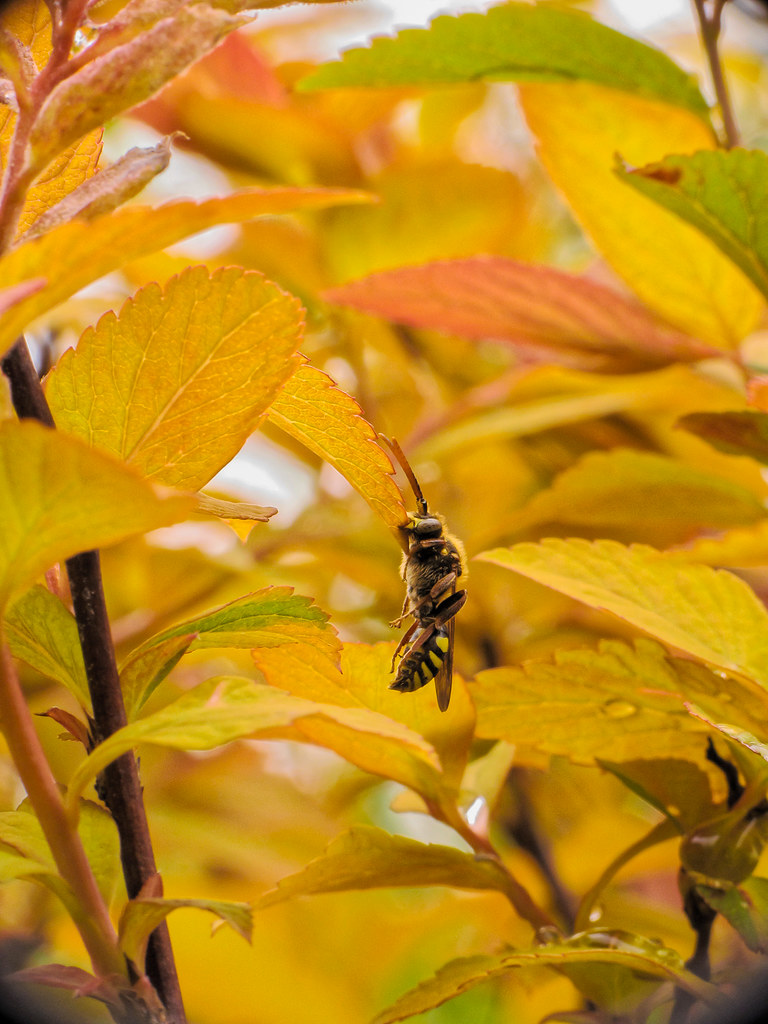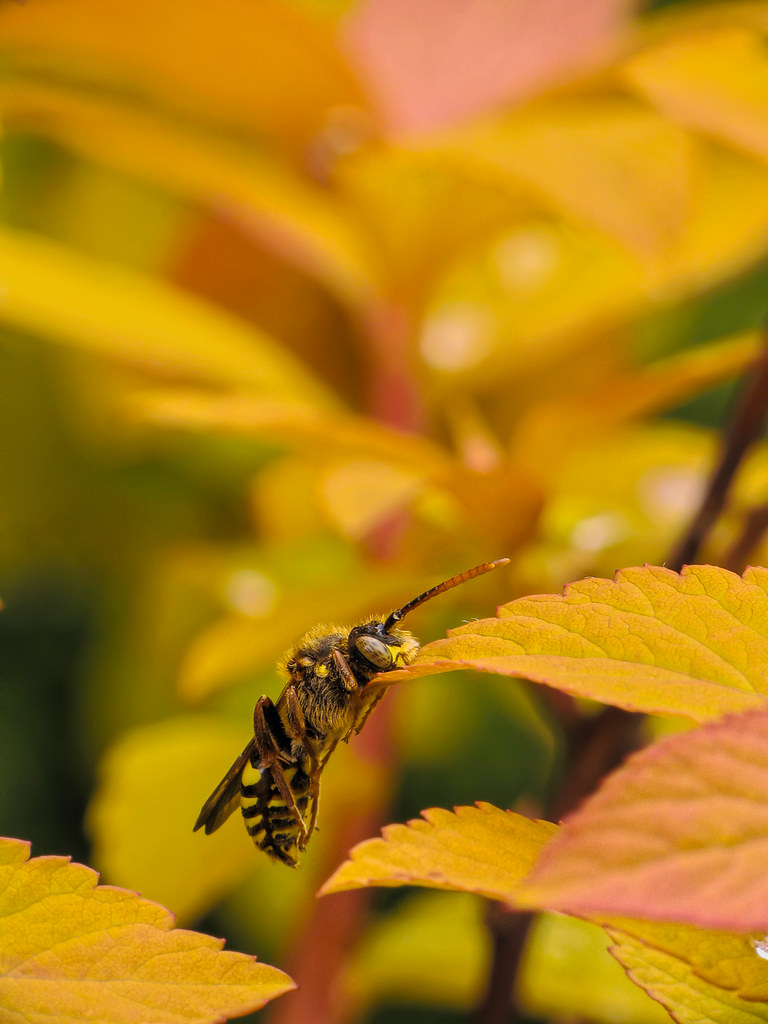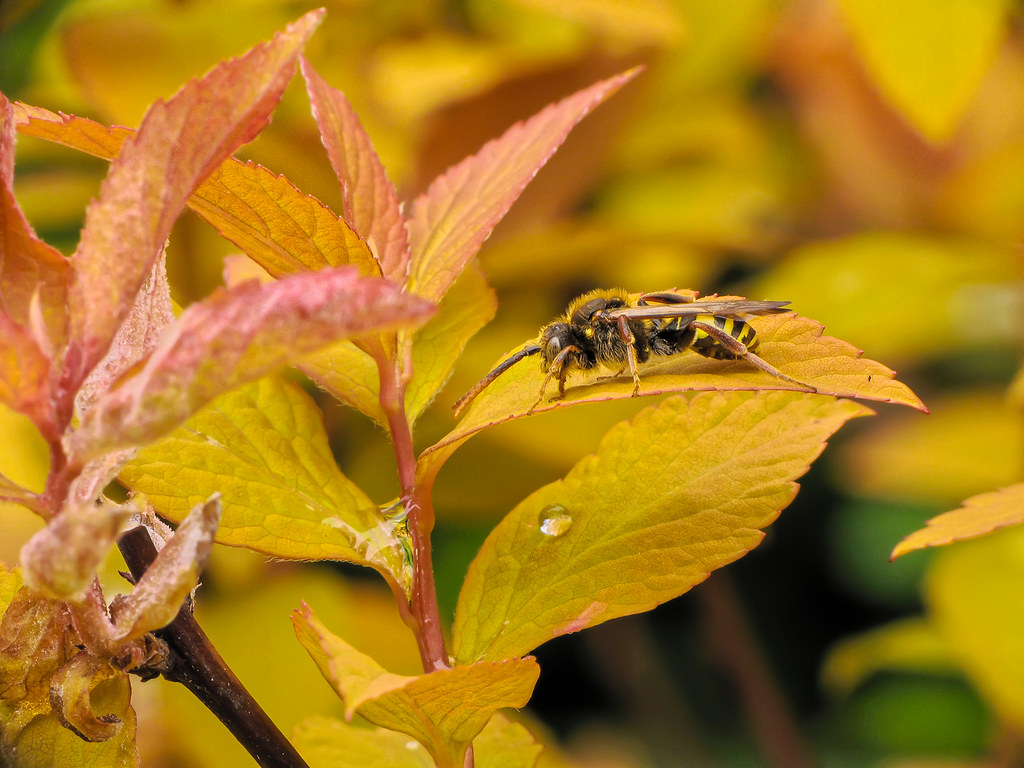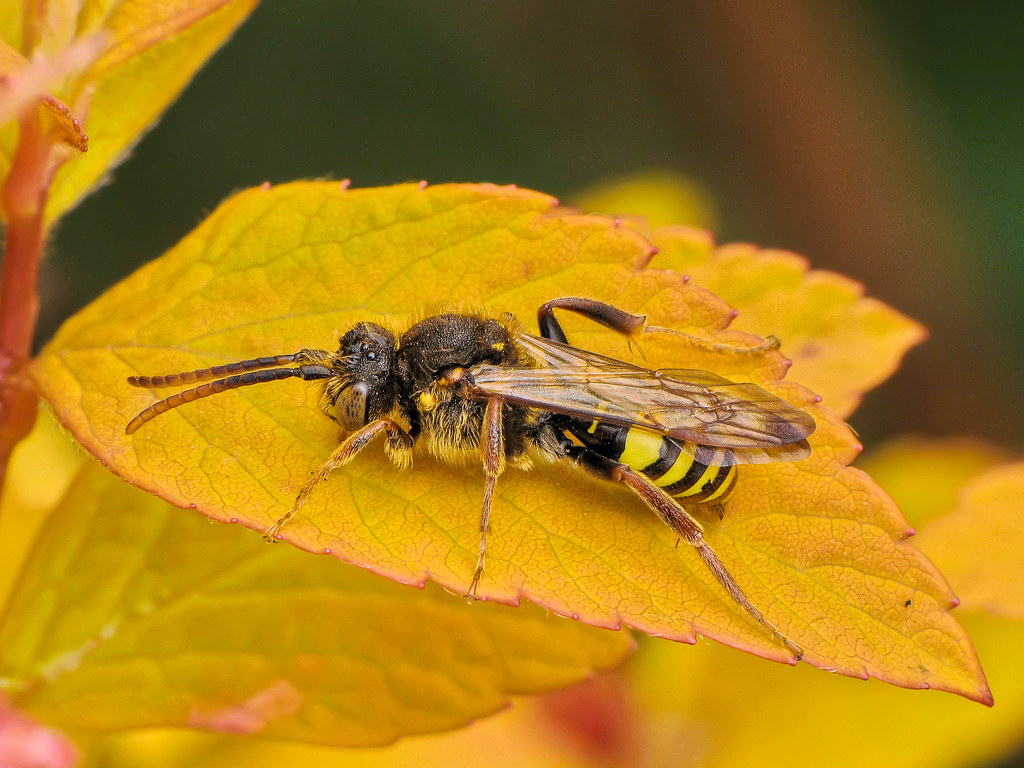GardenersHelper
In Memoriam
- Messages
- 6,344
- Name
- Nick
- Edit My Images
- Yes
This follows on from a discussion in Mike's Orange flies, signal flies... flies! thread, where Danny asked if there was any advantage in using a camera with a smaller sensor for macro work.
My answer was along the lines of "not if you use minimum apertures to maximise depth of field".
It is common knowledge that if you use small apertures you will get greater depth of field but the image will be soft and have less detail because of diffraction. For that reason I think most people won't use very small apertures. However, in my experience it turns out that, given suitable post processing, images can be sharp enough for my purposes even when using minimum apertures. I like to have as much depth of field as I can get (for single-image captures, without going to the bother of stacking, which of course can give both great sharpness and loads of depth of field in the right circumstances). So I use minimum apertures.
It turns out that if you use minimum apertures it doesn't seem to make a huge amount of difference what sensor size you use, or any at all actually as far as I can see, at least as between the 1/2.3" bridge cameras, micro four thirds cameras and APS-C camera I have used. Nor does it seem to matter whether you are using a top class macro lens or a (decent) close-up lens on a (fairly decent) telezoom lens. It seems that with minimum apertures diffraction brings all the images from the different setups down to a common level of softness/lacking in detail. However, that common low level is, after post processing, good enough for my purposes, so my choice of camera/sensor size is simply a matter of which setup I prefer to use, and at the moment that is my FZ330 bridge camera with close-up lenses.
Please note that this is for insects, spiders etc where I use single shots with minimum aperture. For flowers, buds, seed pods etc it is different. For single shots I rarely use minimum aperture for flowers etc as I like to have backgrounds a bit blurry, and I never use small apertures when doing stacking for flowers etc.
It took me quite a while and a lot of experiments to convince myself about all this. It all seemed rather unlikely to me, and apparently to others too, so I prepared a small set of examples. It isn't proof of course, but you may find it interesting to see them (some of the longer term forum users may have seen this set before - I don't recall if I have previously posted it here.)
Here are eight images from seven different cameras, the oldest from 2008, three 1/2.3" (Canon SX10 and Panasonic FZ200 and FZ330), three micro four thirds (Panasonic G3, G5 and G80) and one APS-C (Canon 70D). I have removed the Exif data. You might like to consider which sensor size was used for each image, and which of them used a macro lens rather than a close-up lens on a telezoom.
(As usual they will all probably look sharper over at Flickr, where they are in this album, 1300 pixels high.)
#1
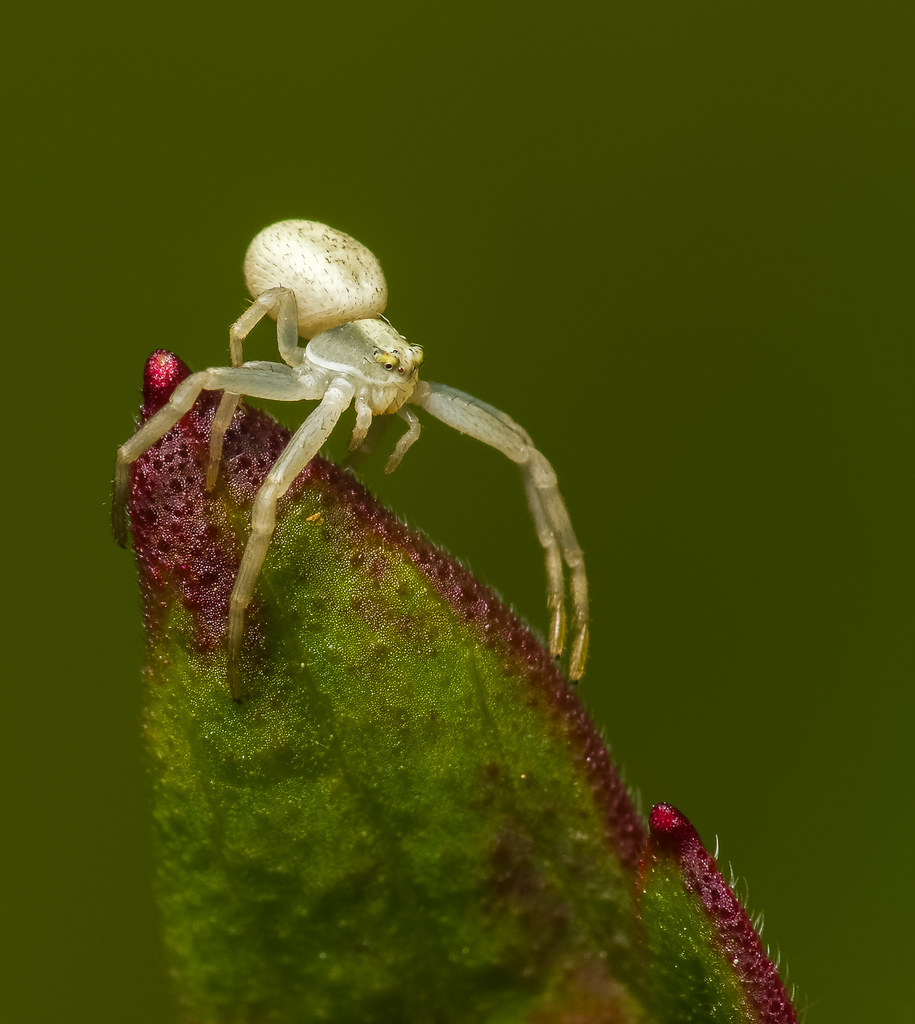
1316 1 by gardenersassistant, on Flickr
#2
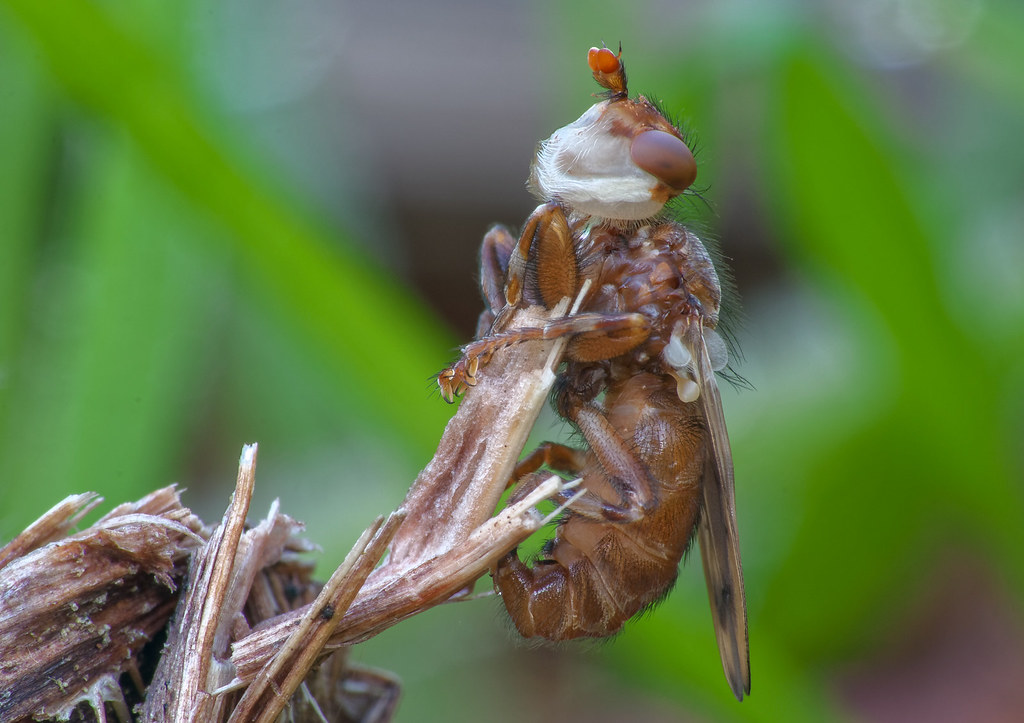
1316 2 by gardenersassistant, on Flickr
#3
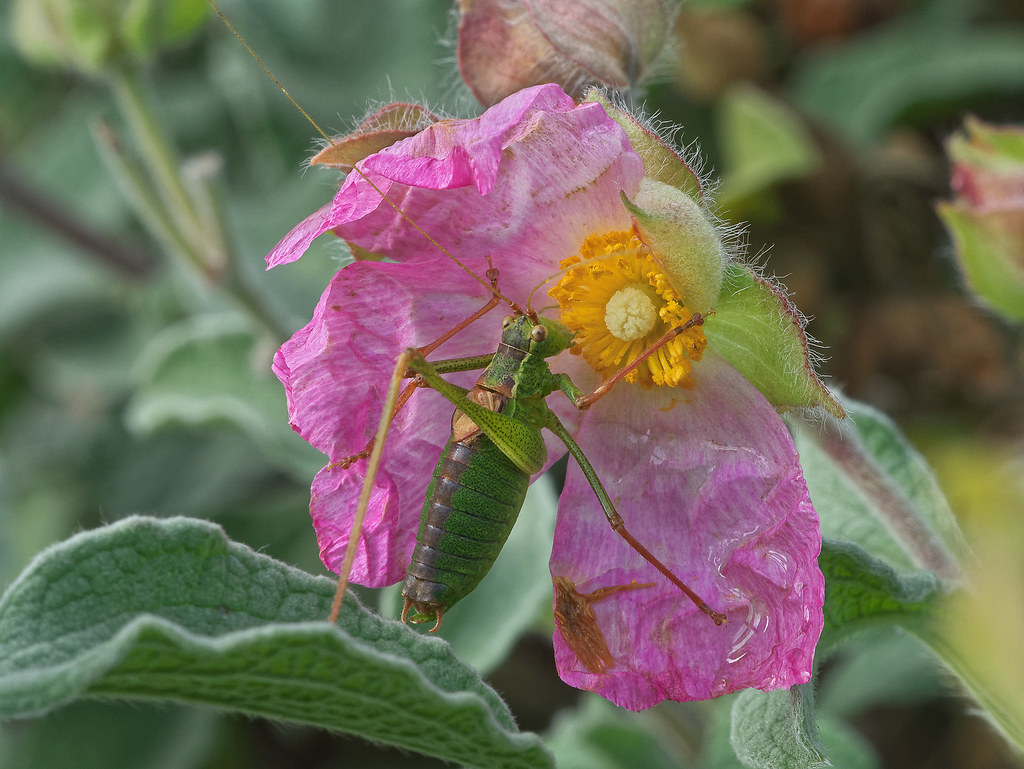
1316 3 by gardenersassistant, on Flickr
#4
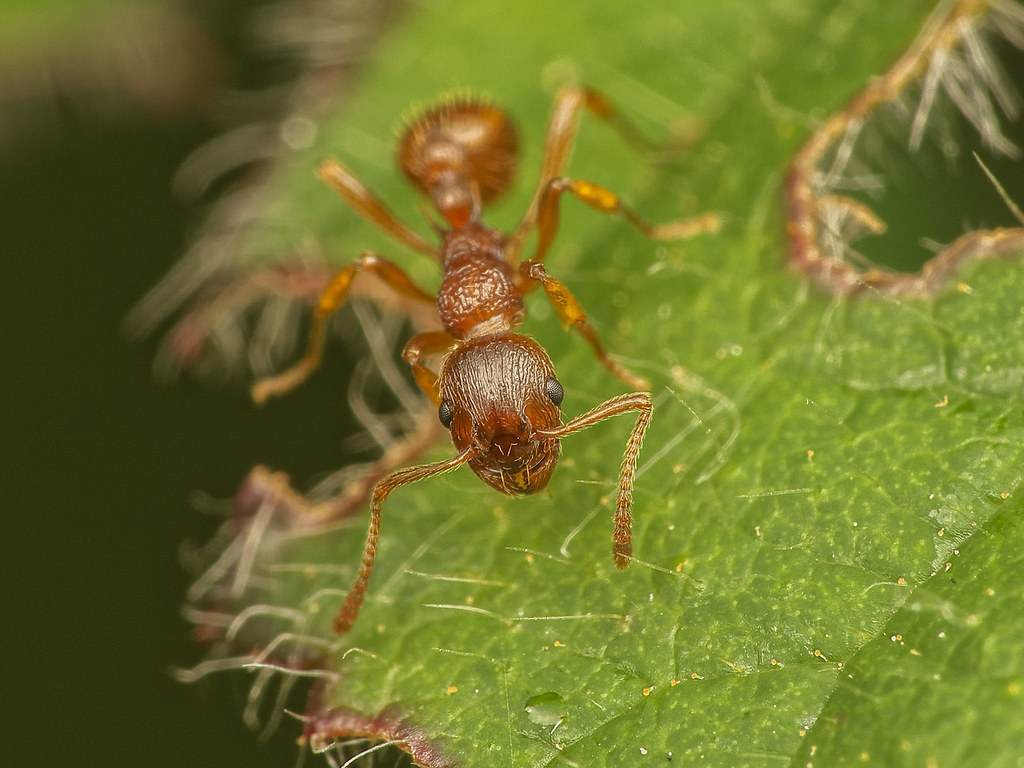
1316 4 by gardenersassistant, on Flickr
#5
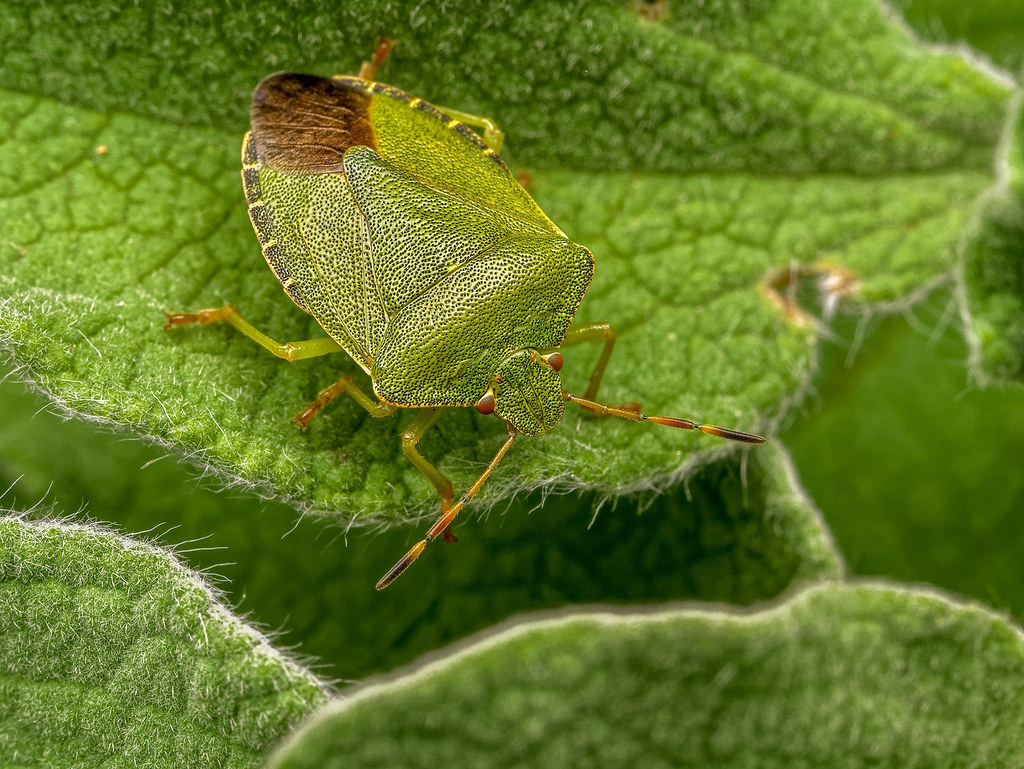
1316 5 by gardenersassistant, on Flickr
#6
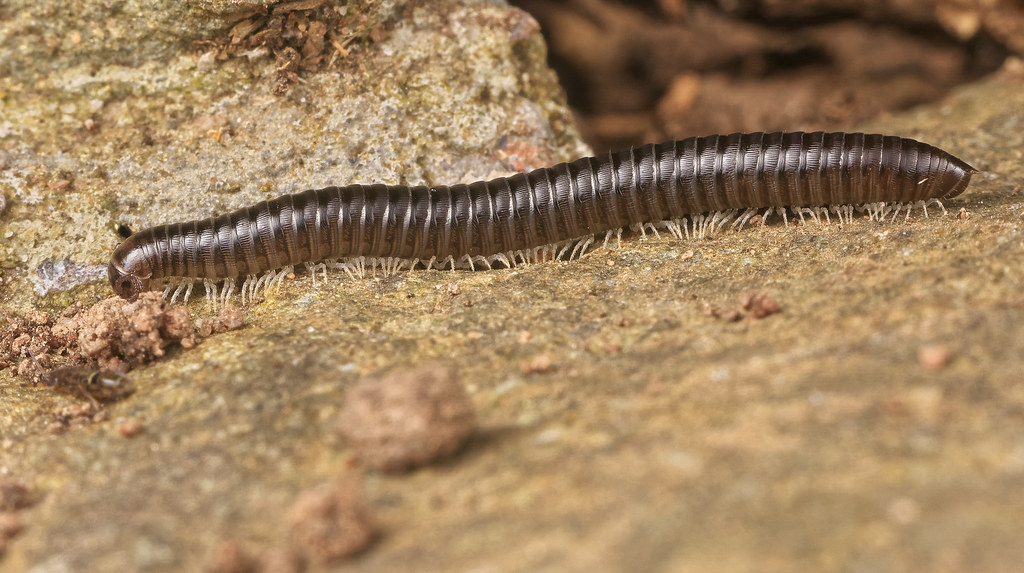
1316 6 by gardenersassistant, on Flickr
#7
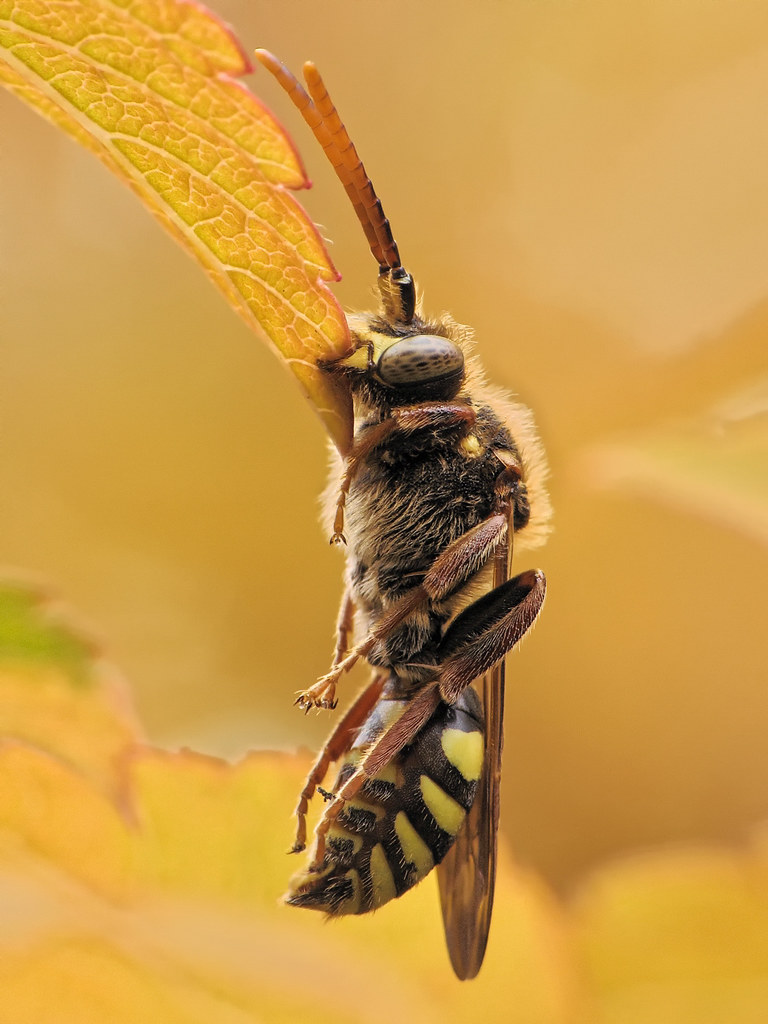
1316 8 by gardenersassistant, on Flickr
#8
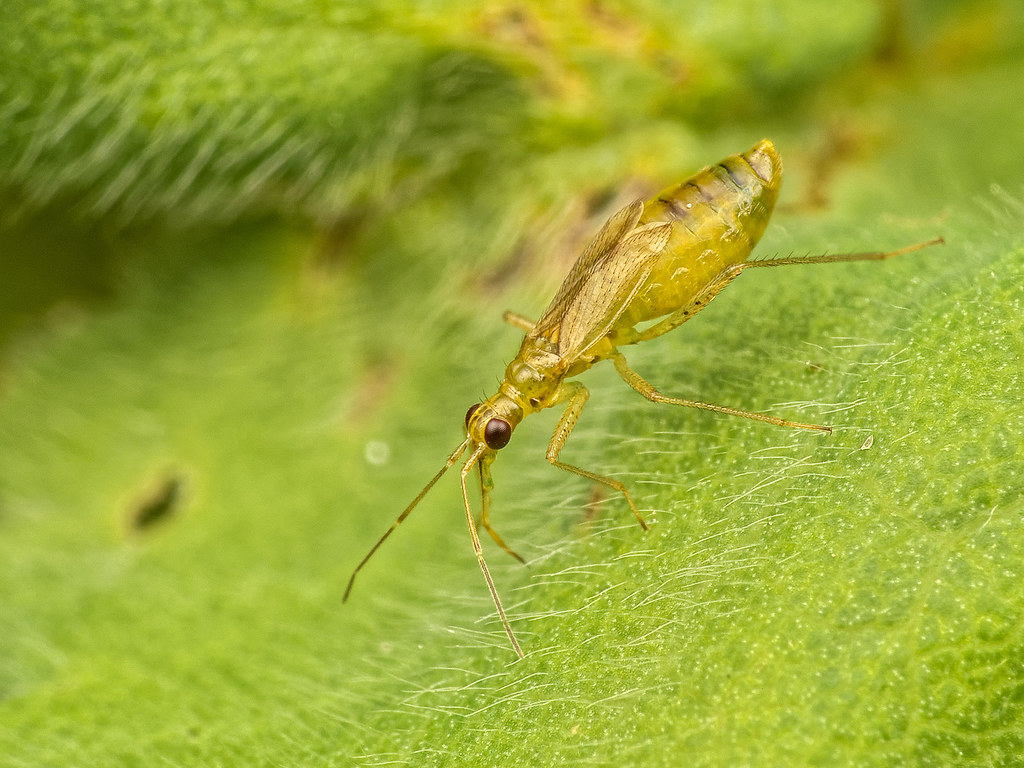
1316 9 by gardenersassistant, on Flickr
My answer was along the lines of "not if you use minimum apertures to maximise depth of field".
It is common knowledge that if you use small apertures you will get greater depth of field but the image will be soft and have less detail because of diffraction. For that reason I think most people won't use very small apertures. However, in my experience it turns out that, given suitable post processing, images can be sharp enough for my purposes even when using minimum apertures. I like to have as much depth of field as I can get (for single-image captures, without going to the bother of stacking, which of course can give both great sharpness and loads of depth of field in the right circumstances). So I use minimum apertures.
It turns out that if you use minimum apertures it doesn't seem to make a huge amount of difference what sensor size you use, or any at all actually as far as I can see, at least as between the 1/2.3" bridge cameras, micro four thirds cameras and APS-C camera I have used. Nor does it seem to matter whether you are using a top class macro lens or a (decent) close-up lens on a (fairly decent) telezoom lens. It seems that with minimum apertures diffraction brings all the images from the different setups down to a common level of softness/lacking in detail. However, that common low level is, after post processing, good enough for my purposes, so my choice of camera/sensor size is simply a matter of which setup I prefer to use, and at the moment that is my FZ330 bridge camera with close-up lenses.
Please note that this is for insects, spiders etc where I use single shots with minimum aperture. For flowers, buds, seed pods etc it is different. For single shots I rarely use minimum aperture for flowers etc as I like to have backgrounds a bit blurry, and I never use small apertures when doing stacking for flowers etc.
It took me quite a while and a lot of experiments to convince myself about all this. It all seemed rather unlikely to me, and apparently to others too, so I prepared a small set of examples. It isn't proof of course, but you may find it interesting to see them (some of the longer term forum users may have seen this set before - I don't recall if I have previously posted it here.)
Here are eight images from seven different cameras, the oldest from 2008, three 1/2.3" (Canon SX10 and Panasonic FZ200 and FZ330), three micro four thirds (Panasonic G3, G5 and G80) and one APS-C (Canon 70D). I have removed the Exif data. You might like to consider which sensor size was used for each image, and which of them used a macro lens rather than a close-up lens on a telezoom.
(As usual they will all probably look sharper over at Flickr, where they are in this album, 1300 pixels high.)
#1

1316 1 by gardenersassistant, on Flickr
#2

1316 2 by gardenersassistant, on Flickr
#3

1316 3 by gardenersassistant, on Flickr
#4

1316 4 by gardenersassistant, on Flickr
#5

1316 5 by gardenersassistant, on Flickr
#6

1316 6 by gardenersassistant, on Flickr
#7

1316 8 by gardenersassistant, on Flickr
#8

1316 9 by gardenersassistant, on Flickr




